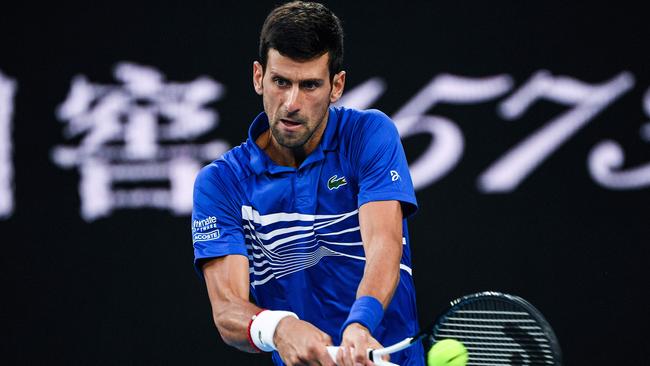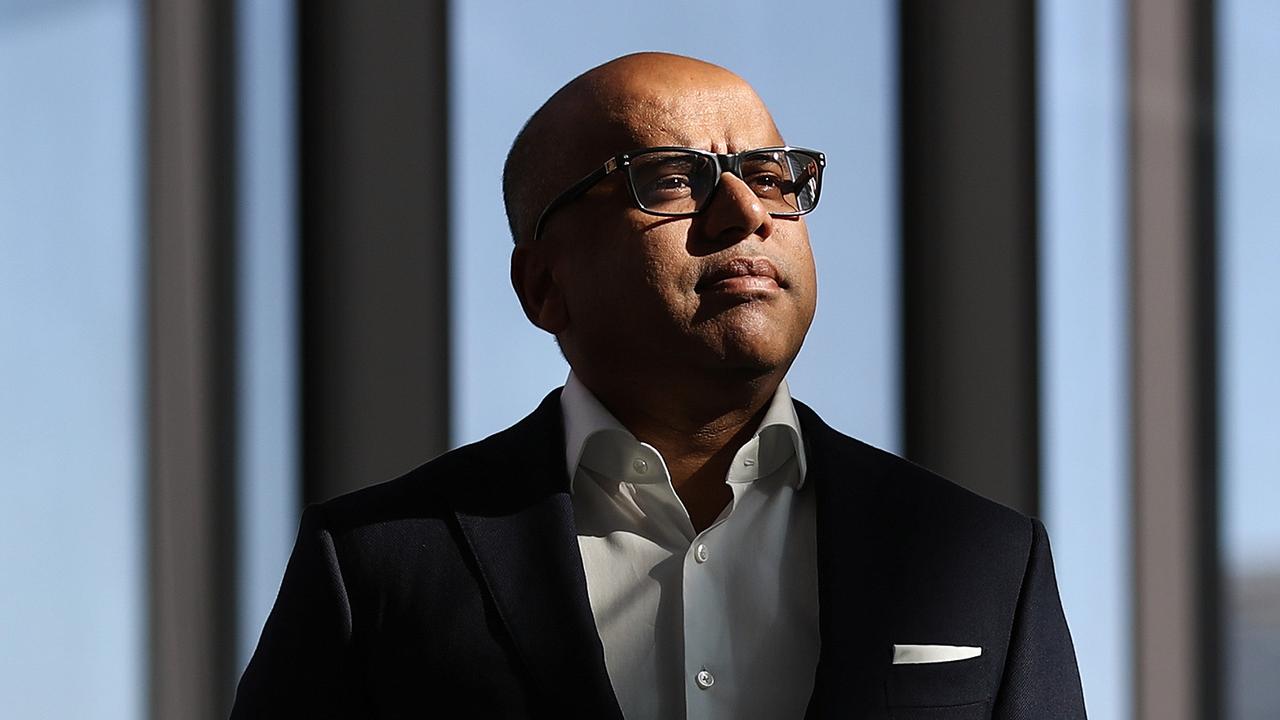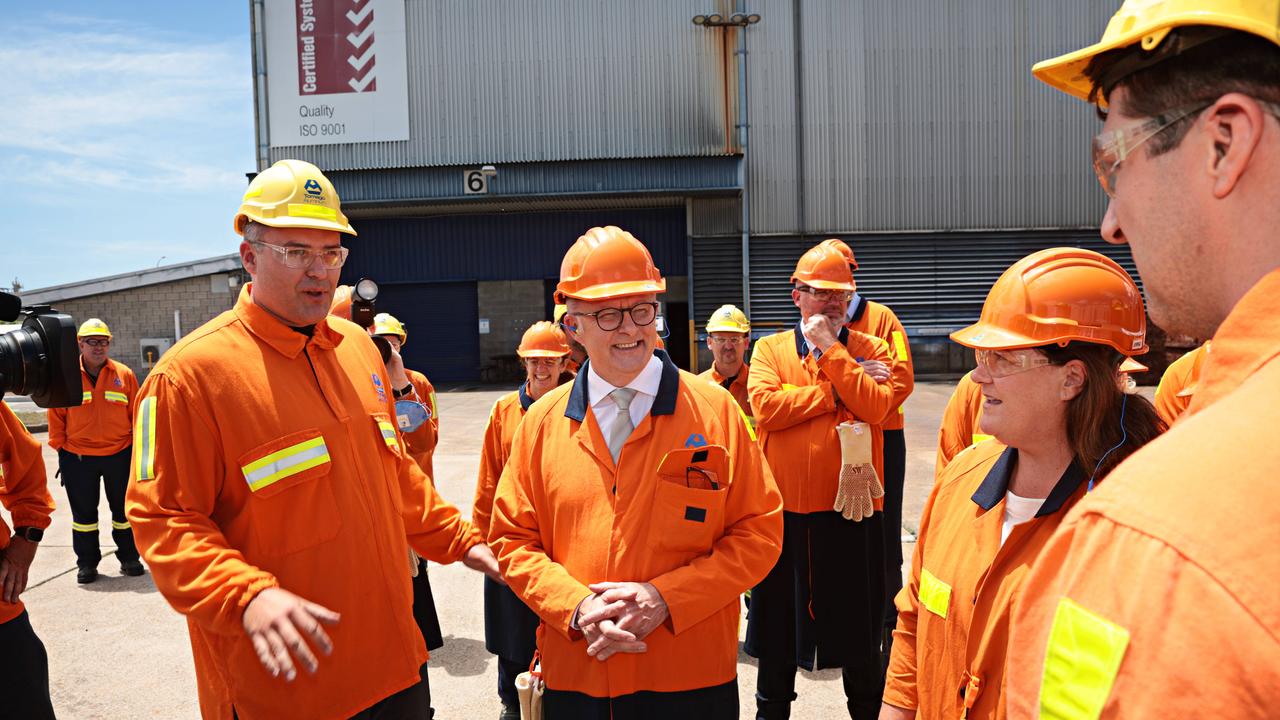Open season on expanding tennis marketing
Tennis Australia has begun negotiating new lucrative deals with global sponsors and is looking to new global broadcast deals.

Virtual reality advertising boards courtside that show a range of brands in different broadcast markets around the world and a high-end shopping precinct modelled on airport departure terminals are the next stage in the Australian Open’s push towards breaking the $500 million revenue barrier.
The moves come as Tennis Australia starts negotiating new lucrative deals with global sponsors as existing arrangements expire and it looks to new global broadcast deals that could involve the likes of streaming giants Amazon and Netflix by 2022.
Tennis Australia’s regional and global strategy is encapsulated by a record-breaking sponsorship deal with Chinese liquor brand Luzhou Laojiao, which signed as an associate partner of the Open this year for the first time in a deal almost on par with major partner Kia’s minimum $16 million-a-year arrangement.
So important is Luzhou Laojiao to Tennis Australia, which has enjoyed a significant uplift in television ratings in China this Open, that the organisation will soon open a commercial office in Chengdu, close to the liquor company’s headquarters, to manage the partnership and add to offices or representatives already found in Shanghai, Hong Kong, Beijing and soon Tokyo.
Tennis Australia’s chief revenue officer Richard Heaselgrave told The Weekend Australian that the Open now has $150m worth of sponsorship deals with Chinese companies, led by Luzhou Laojiao.
“They are all about the drinking culture and the celebration culture in China,” Mr Heaselgrave said. “They sell more in the world than the total volumes of whisky and vodka, but it is all in mainland China. It is an incredible scale that we don’t always think of in Australia.
“They want to globalise the brand so they have looked at the Open and seen our global audience as a way to do that.”
Luzhou Laojiao has helped drive a 40 per cent increase in television audiences in China this tournament through spending on the main CCTV channel.
Virtual courtside signage aimed at the Chinese audience has also helped the commercial outcome for Tennis Australia, a strategy that will be rolled out for all overseas markets from the 2020 tournament onwards.
“All of our sponsorships over the past three years have been organised to be ready for two things: the use of virtual advertising from next year … and some big rights ending in 2021 like Eurosport, Fox Sports Asia and ESPN (in North America),” Mr Heaselgrave said.
“We can show advertising (in China now) that you would never see in Australia. From next year we will have the ability to do that in every market, which changes the paradigm for us. Some partners are global, like Kia, Rolex and Luzhou Laojiao, and some for specific markets, like Coopers and Vegemite in Australia.
“That two-tier strategy has been key. There will be some brands that are interested in being global, and some that will be interested in the local market only. Because we are host broadcasters, we can split that feed.”
Mr Heaselgrave said the expiry of broadcast rights in Europe, North America and parts of Asia in two years meant Tennis Australia could potentially explore deals with multinational streaming giants or negotiate market by market.
“It might not just be about getting a rights fee now; it may be more lucrative to fund it via a bigger audience and through advertising. Take Europe. We could earn ‘x’ from Eurosport doing a deal there or earn ‘y’ by doing deals in those 53 countries but topped up by virtual advertising that is different in each. Or it could open up to the like of Amazon. So we will have choices.”
But in terms of the venue for the event, which will once again see a record crowd figure of 800,000 or more over two weeks, Mr Heaselgrave said a retail precinct was the next focus after a big expansion with a music festival and restaurants such as Rockpool and Nobu moving in over recent years.
The Open had a row of five shops this year as an experiment and Mr Heaselgrave said that would expand through high-end brands not usually found at sporting events — existing sponsors such as Rolex, DeRucci and Country Road could feature — to expand entertainment options.
“Our audience is here on site for eight hours. Think of it like airports. People don’t have to buy Italian suits there, but they do. So it is about beautifying and trendifying the shopping experience and next year we will be investing a lot of money into that.
“We want people to have a beautiful experience shopping, and that doesn’t mean you sell everything with an AO logo. I want to be able to offer a large selection and choice of shops like we do with restaurants now.”



